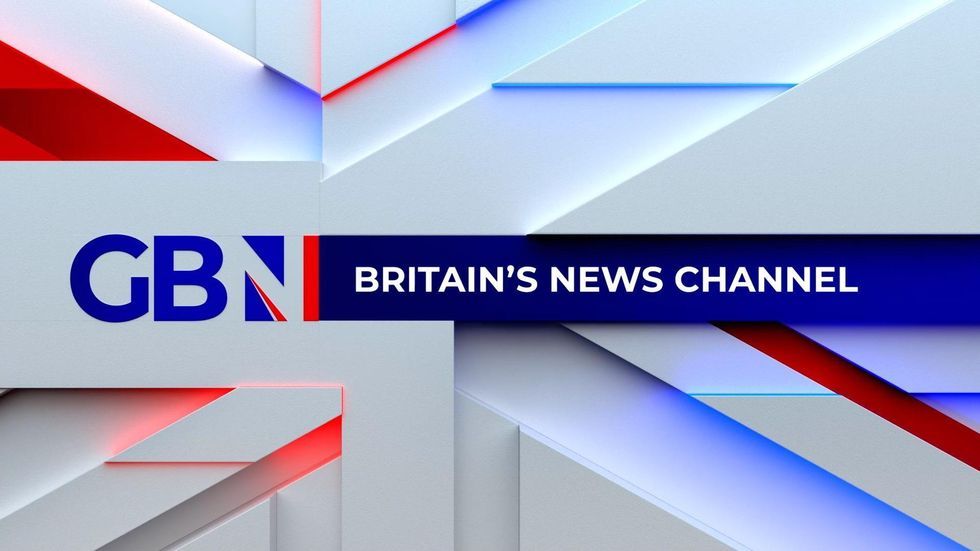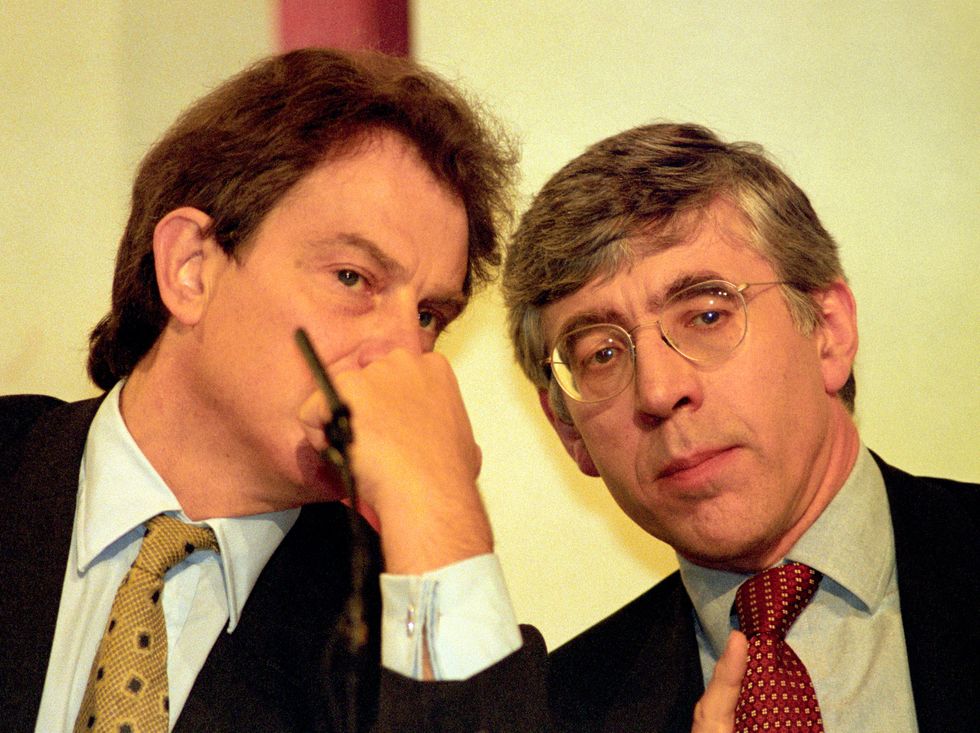Don't Miss
Most Read
Trending on GB News
Tony Blair blocked proposals for an ambitious race equality strategy following the inquiry report into the racist killing of the black teenager Stephen Lawrence in south-east London in 1993, according to newly released government papers.
The landmark Macpherson report, published in February 1999, set out wide-ranging proposals for reform after it found that the Metropolitan Police investigation into the murder had failed in part due to “institutional racism”.
Tony Blair and Jack Straw
Stefan Rousseau
In response, the then-home secretary, Jack Straw, who had commissioned the inquiry, wanted to publish a government white paper with a 10-year strategy for tackling racial inequality.
But from the outset, Mr Blair was sceptical about the idea, expressing concern that it could result in a “regulation nightmare”.
Mr Straw set out his proposals in a letter to the prime minister in December 1998 ahead of the inquiry’s expected report early the following year.
In it, he explained that he wanted to be able to announce a white paper including a commitment by all government departments to put race equality at the heart of policy-making.
“At the extreme, black and Asian youngsters have observed their grandparents and parents suffer discrimination, harassment and racial violence and are developing very hardened attitudes against the white community,” he warned.
“We have to win back their confidence in the institutions of British society.”
In No 10, however, there were misgivings about the home secretary’s approach and the commitment to a fixed timetable.
Angus Lapsley, an official in Mr Blair’s private office, noted that they were “cool” towards a suggestion that police officers who used racist language or committed racist acts should usually be dismissed, pointing to the possible press reaction.
“This could easily become a ‘Telegraph’ cause celebre if taken too far,” he noted.
In a handwritten note in the margin, Mr Blair wrote “I agree”.
He then added: “We do not want to go OTT on this. You’re right.”
Elsewhere in the files he scrawled: “I really don’t want a regulation nightmare out of this.”
The proposal for a white paper was finally killed off at a meeting between Mr Blair and Mr Straw on March 18 1999.
“The Prime Minister said that he shared the Home Secretary’s political objectives and it was clear that the Government needed to have a clear and positive agenda for change,” the official note of the meeting stated.
“However, a white paper would offer too many hostages to fortune and the Government would find itself under pressure to include all sorts of measures that it would prefer to avoid.”
Instead, Mr Blair agreed that Mr Straw could publish a series of separate consultation papers responding to the main recommendations in the inquiry report.











